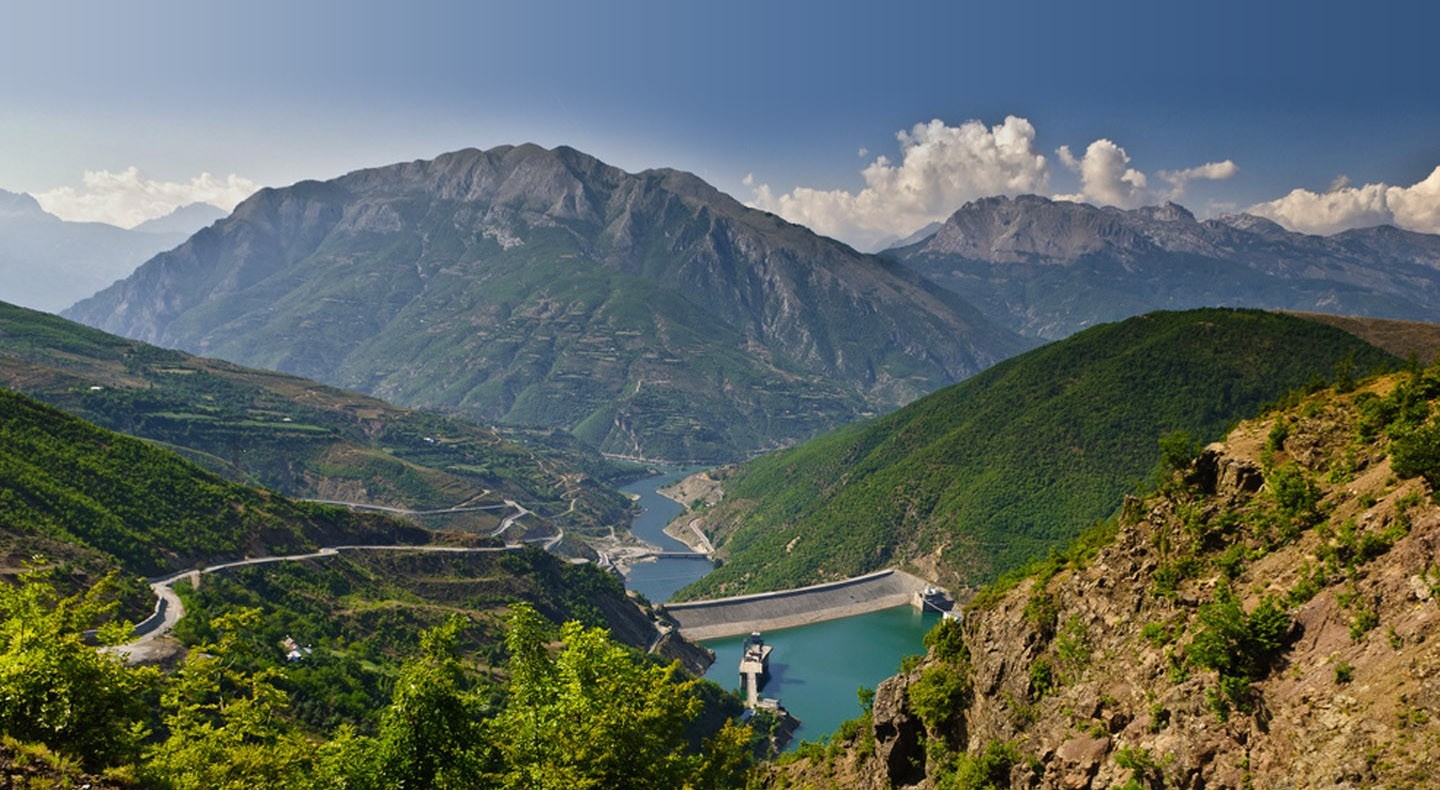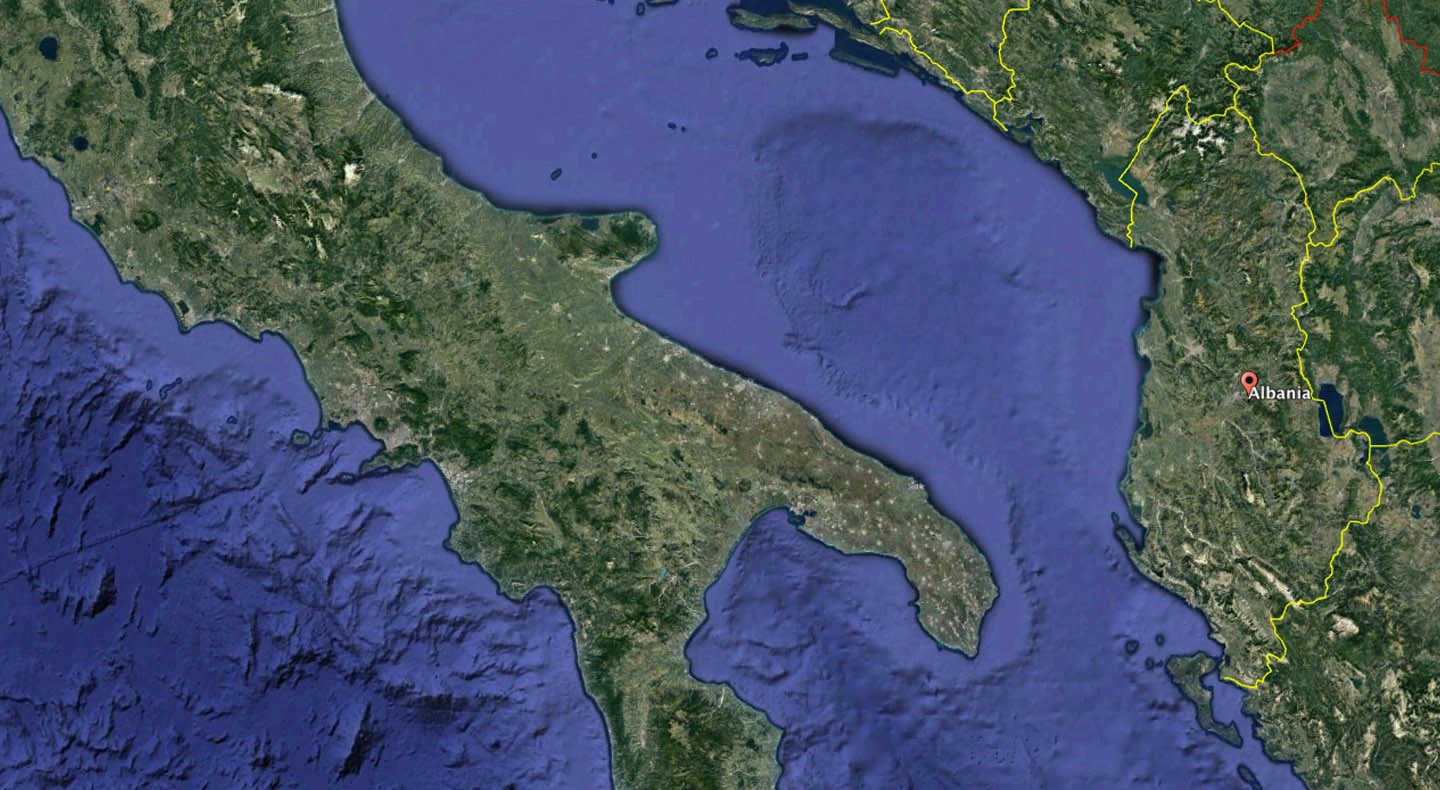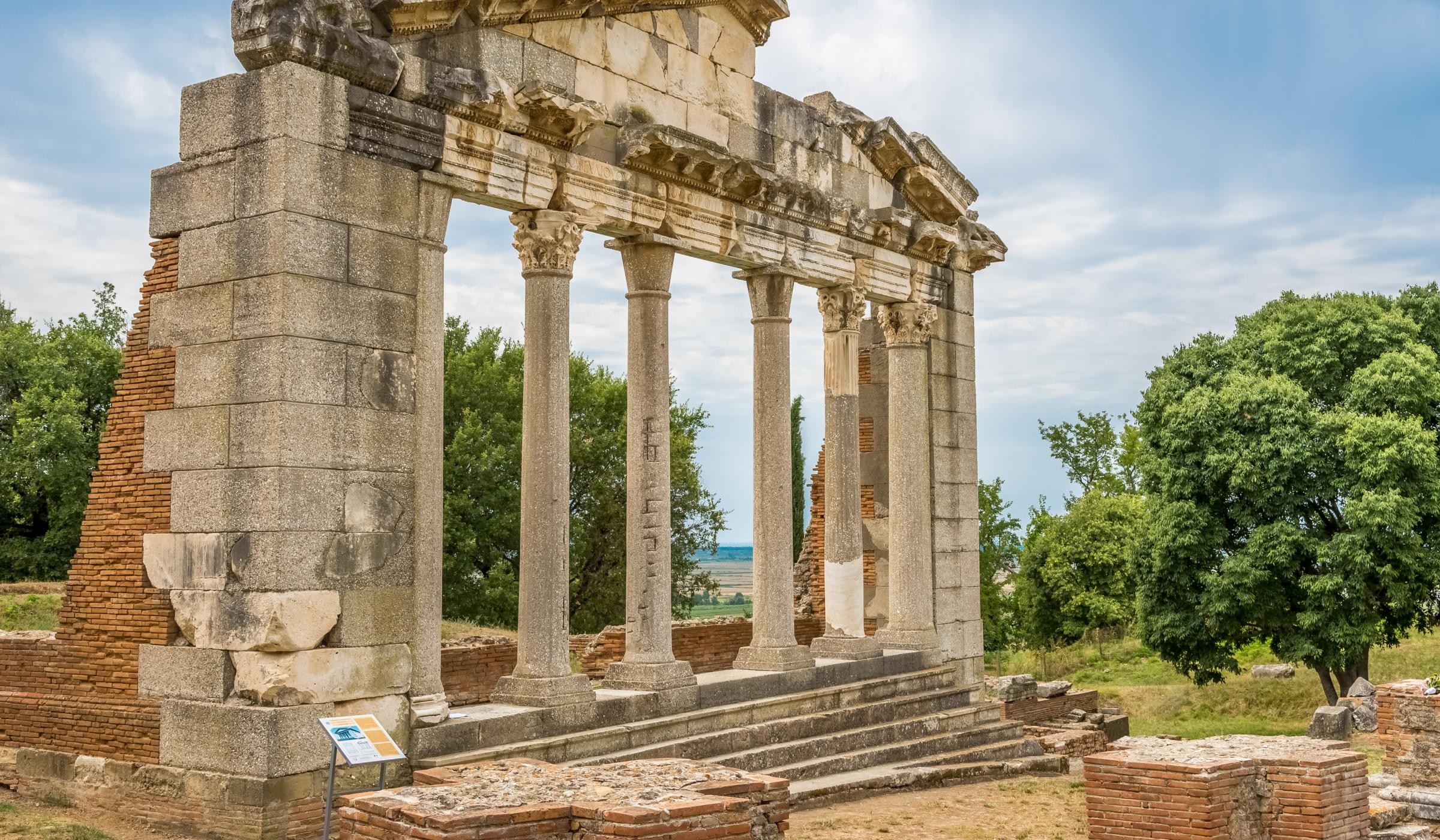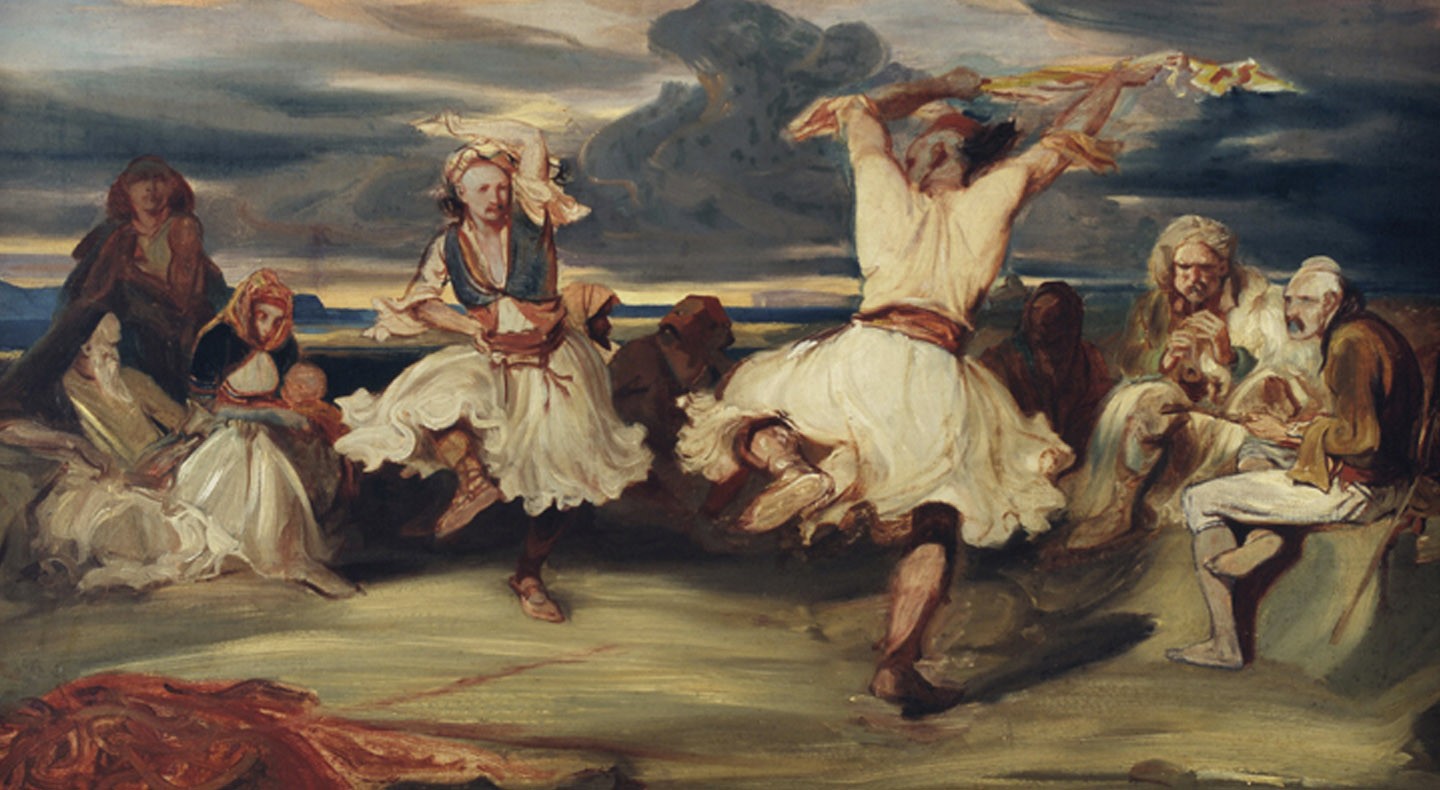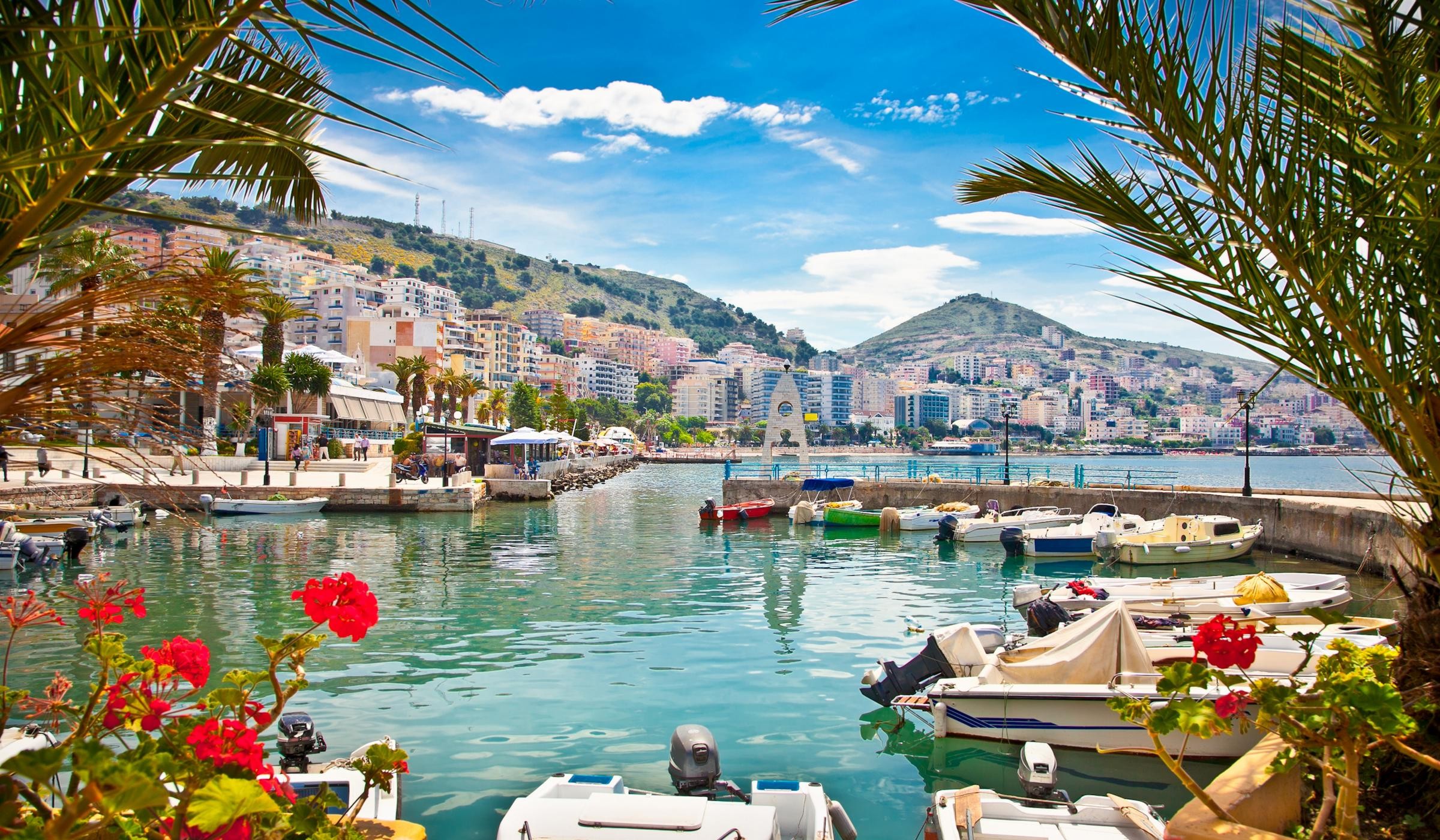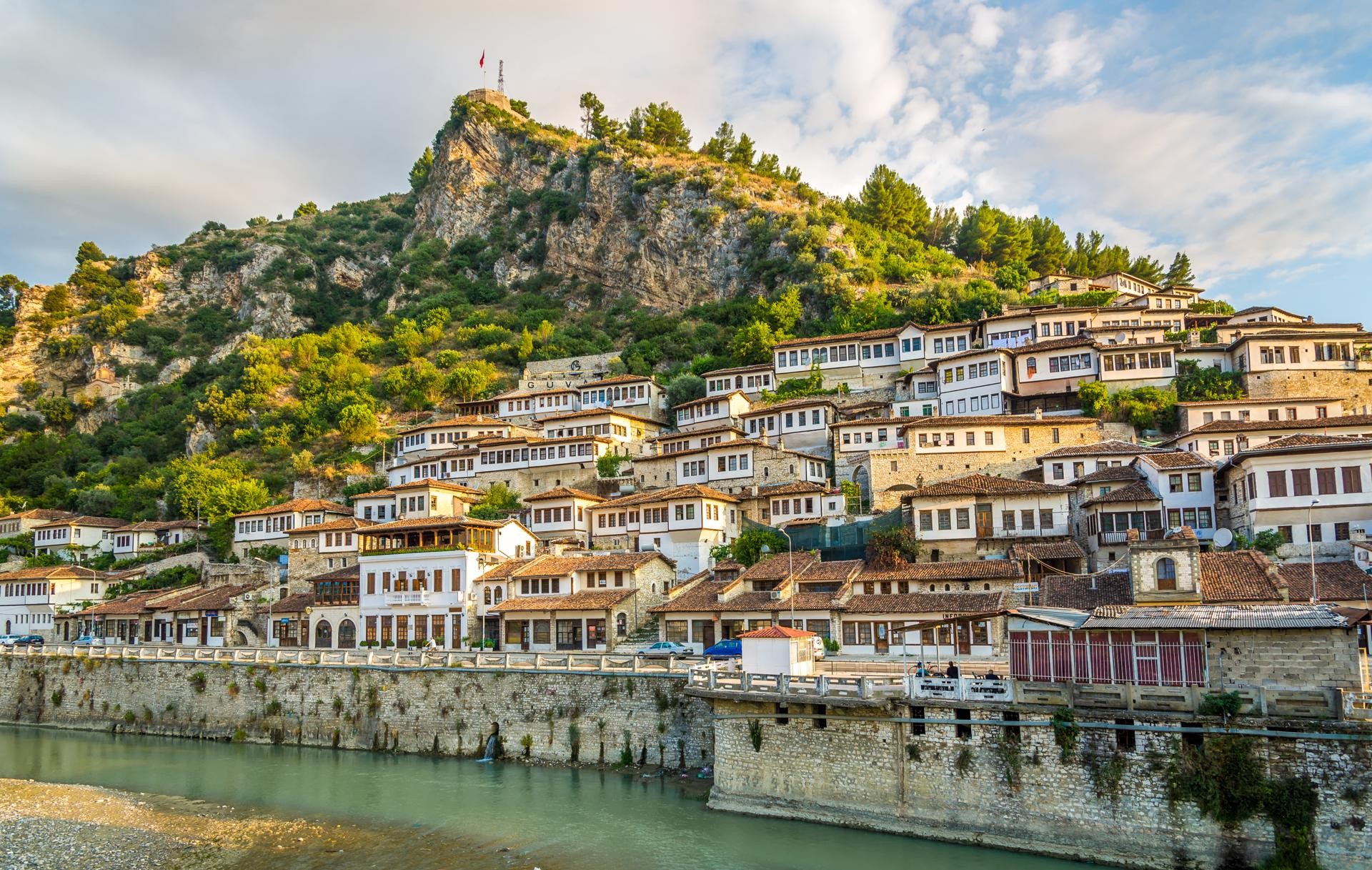Geography
Albania lies on the Adriatic and Ionian Sea within the Mediterranean Sea. It is bounded by Montenegro to the northwest, Kosovo to the northeast, the Republic of Macedonia to the east and Greece to the south and southeast. Within Albania, you can experience rugged mountains and valleys, mediterranean beaches, and bustling cities.
